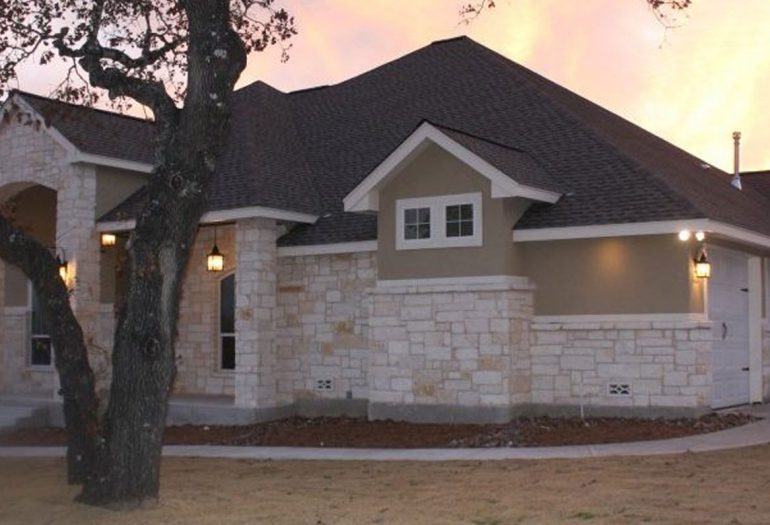Winter Time Tips: Keeping the Furnace Area Safe

Winter Time Tips: Keeping the Furnace Area Safe
As the fall winds down and the winter gets closer, many people throughout the country and even in Texas will rely on heat to warm up water and air around the house during the rare instances of cold weather. For many, water heaters and furnaces are located inside the actual house, especially in the case of older models that were designed during prior building practices.
Of course, a water heater or furnace can be dangerous, when you think about the fact that combustion and natural gas can be inside a home, this could be a major home inspection issue. Luckily, there are some techniques to help make your furnace safe which don’t require it to be moved to an outside location. The closet where the furnace is located can be updated and improved to fit all the proper codes of today. Because San Antonio apartments and homes could house an indoor furnace, it’s important to seek some advice about any risk that may be caused. With a lot of do it yourself people out there, some steps can be taken to build a new closet for a furnace, with full correlation of proper codes and safety.
In the area that the furnace is located, regular access to air and oxygen is vital. This can be assured by the use of combustion vents inside the closet. These vents are usually pipes that stem down from the attic, with one near the top of the closet and the other dropping to the bottom portion. These combustion vents usually need to extend well into the attic (14 inches) for safety.
Finishing out the ceiling and top parts of the closet are also vital parts to the process. . Whether it was a new location for the closet with no ceiling or already enclosed, you can improve it to make the home safer. With a no ceiling closet, drywall may have to be installed to enclose the area. If the ceiling is already enclosed or has been enclosed, insulation is the next key addition. With insulation, it’s important to remember to keep the areas where the vents are clear of insulate, that way air can move freely.
One of the steps that can be taken to ensure a totally safe spot for an indoor furnace is to work on the door itself. Wood can be used to close off any vent locations within the door. A piece of plywood can be connected to the backside of the door and sealed for the proper ventilation.
Finally, weather stripping the door itself can make sure that the water heater extends beyond the building envelope. This will give the door to the closet a good, tight seal that helps to cap suggestions to making your furnace area safer.
With most combustion or furnace issues, the smartest thing to do is to contact a licensed home inspector or contractor to help decide the best technique for improving your home experience. Consultation with a licensed and experienced home inspector will allow you to seek knowledge from someone who has the knowledge and wherewithal to suggest a proper technique for making your home safer.
Certified Home Inspections
We have provided useful information on Home Inspections
as well as Termite Inspections & Treatments.
Please feel free to contact or email us.